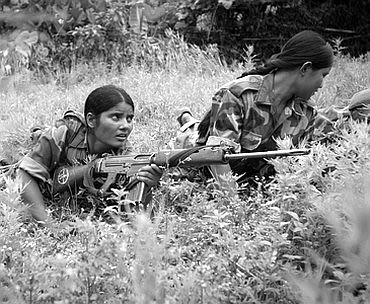Women in Spring Thunder
Untold story of participation of women in Naxalbari movement
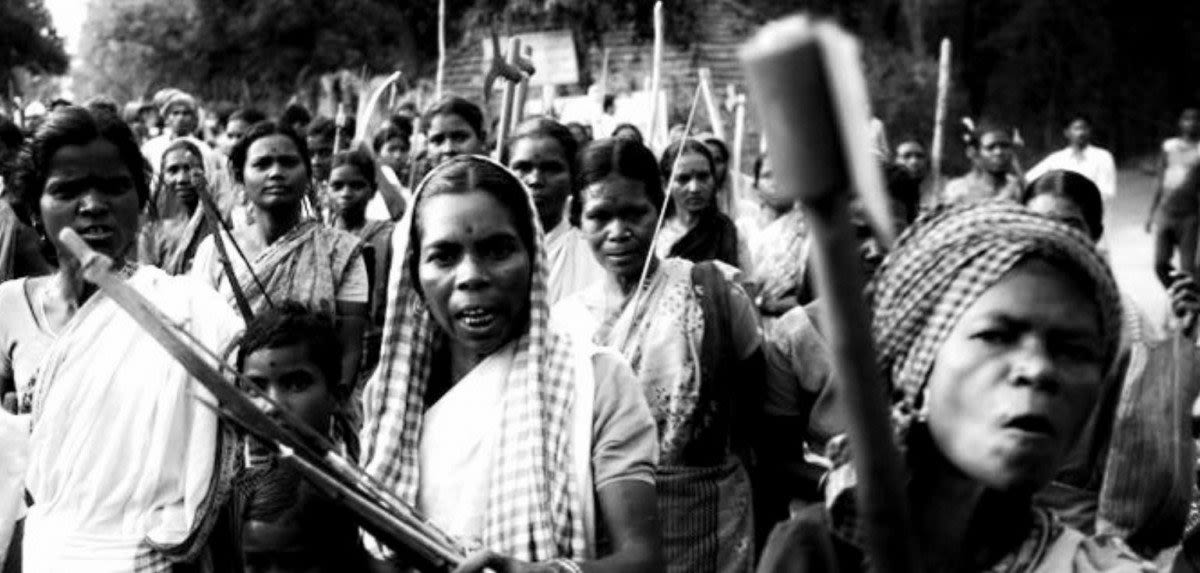
1970s was a time of turbulence in West Bengal.
Bengal experienced a cyclonic political unrest, when a firebrand chunk of youth followed the ideological trench of Mao Zedong and started Naxalbari movement
All over the world communists were debating over the Soviet-China conflict.
In West Bengal also CPI (M) , Communist Party of India(Marxist) had an ideological conflict with a fraction of the party.
Charu Majumder wrote an pamphlet which encouraged the fraction to form a new party. Some party workers started mobilising agitated peasants in the villages. Many parts of Bengal experienced peasants uprising. Landlords were the main target of the protest.
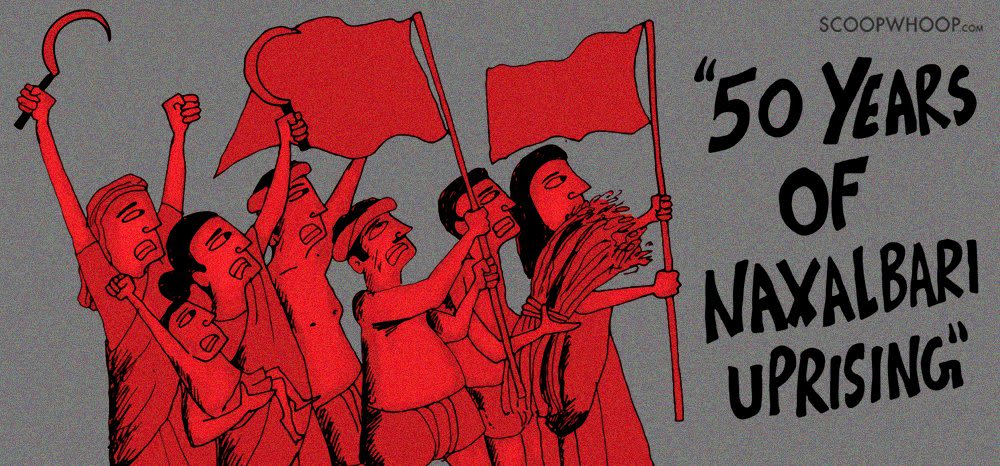
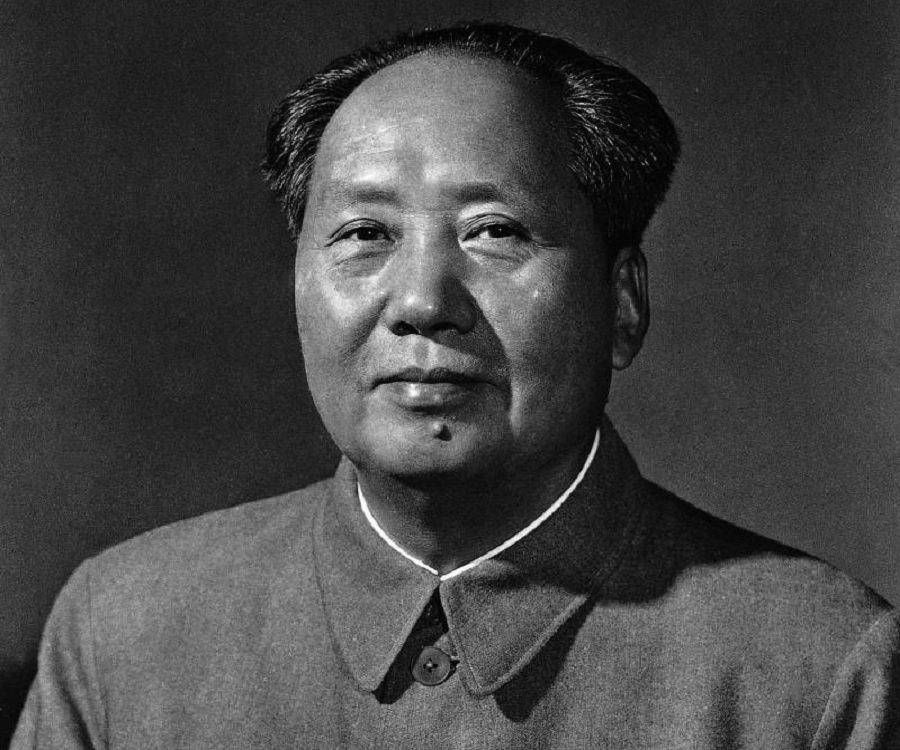

After one police officer Sonam Wangdi was killed by tribes in Naxalbari block, Siliguri Sub division, Darjeeling district, located in Northern part of Bengal, police opened fire and committed a genocide.
The date was May 25, 1967. 11 People died in that encounter including women and children. At the time of Tebhaga movement, Ahalya, a pregnant woman died in police encounter. Some marks this genocide as a return of Ahalya, because seven women were killed in that encounter.
Sonamoti Singh, Fulmani Devi, Surubala Barman, Simaswari Mallik, Nayaneswari Mallik, Dhaneswari Devi, Samsari Saibani were those seven martyrs. This incident leaded to the formation of CPI (ML) or Communist Party of India (Marxist-Leninist) and marked as the beginning of Naxalbari movement, which Picking Daily marked as ‘Spring Thunder’. But, somehow the historical narrative of Naxalbari movement did not justify the participation of women in this widely discussed political movement.

What was the route of this negligence?
Charu Majumder, the main ideolog of Naxals in Bengal, himself discouraged women's participation in this movement. He said, "women need a place to stay at least for the night”. According to him this would interrupt the activities of the Naxals.
In spite of this patriarchal mindset, women participated spontaneously.
After Naxalbari genocide, women of that area largely protested.
There was a joint statement by Mayarani Das, Laxmirani Ray, Matangini Das, Sephali Mondal, Tripti Ghosh, Kamala Das, Renuka Roy, Sobharani Sarkar, Tagarrani Majumder and many others. These women were active in the resistance against the local landlords and police.
Sonamoti Singh, who was a martyr, was part of a gherao which took place outside the house of Iswar Tirki, a landlord.
Shanti Munda was a woman who actually lit the fire of Naxalbari by giving a call of protest.
Saroj Dutta was a Naxal activist who was killed by police in a fake encounter.
His wife Bela Dutta was even active at the time of Tebhaga movement.
That time also she was told by the leadership to go back home. She could even make bombs.
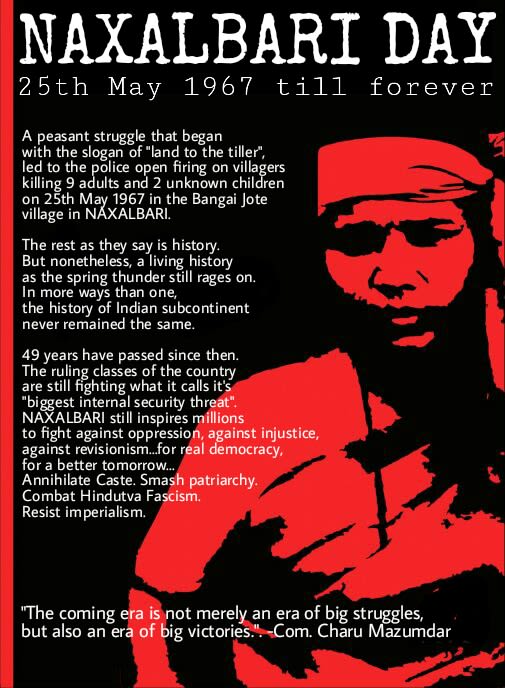


Shanti Munda
Shanti Munda
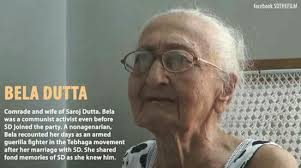
In that time, many women picked up arms, as a sign of protest.
In Rural Bengal there were many peasant women who were brutally tortured and raped.
Even in the urban guerilla warfare, many women participated independently or alongwith their male counterparts like husband, son or brother.
Somen Guha was an activist who was absconding at a point of time. One infamous police officer, Runu Guha Niyogi, arrested his sister Archana Guha and allegedly brutally raped her for one month. Her lower abdomain became unfunctional. Amnesty International later financed her treatment. A famous singer songwriter Kabir Suman, then Suman Chattopadhyay, funded the court case filed against Runu Guha Niyogi, for the custodial rape of Archana Guha.
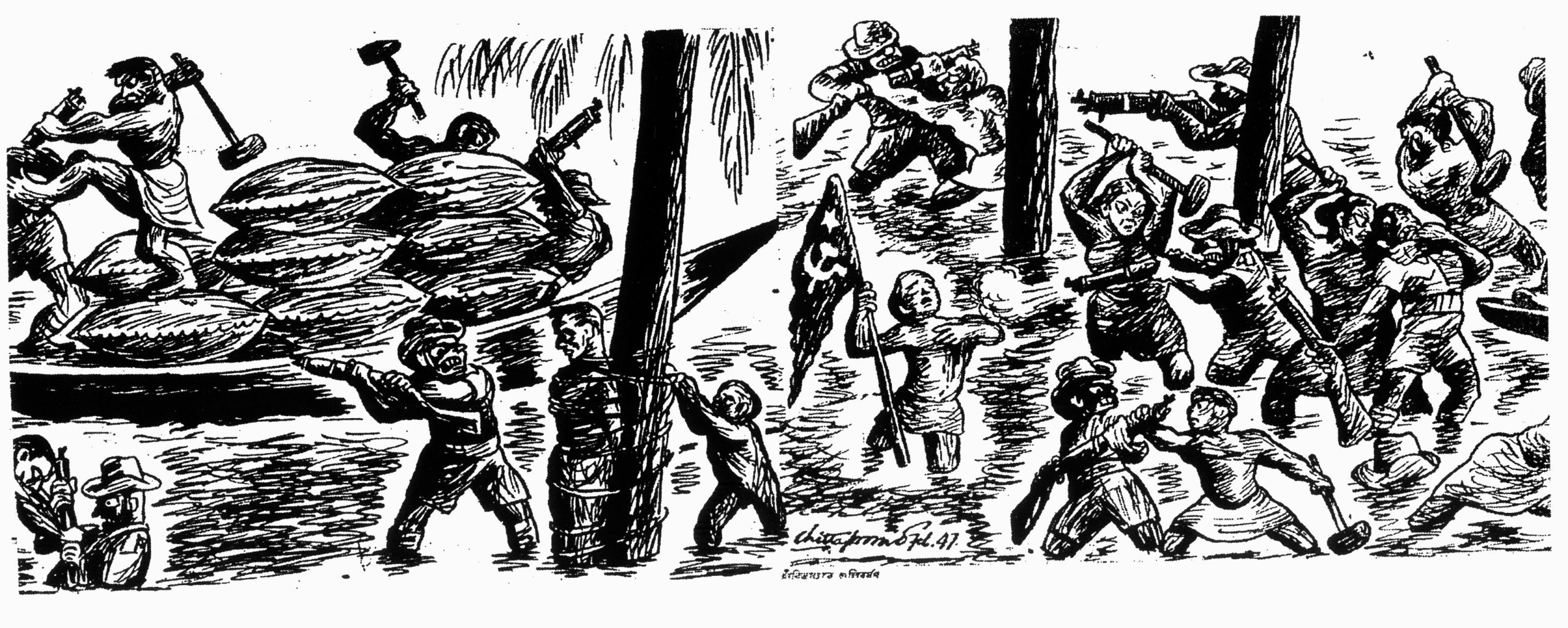
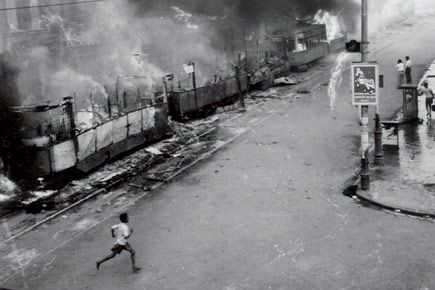

In literature and cinema about Naxalbari, women are ignored. The cult literatures written in Bengali about Naxalbari have male protagonists mostly. Nabarun Bhattacharya's 'Herbert', Samaresh Basu's 'Mahakaler Rather Ghora' (A Horse of the Chariot of Mahakala), Samaresh Majumder's 'Kaalbela', (Imauspicious Portion of the Day), Sunil Gangopadhyay's 'Purba Pashchim' (East and West)-all of these novels are male centric. In 'Purba Pashchim' there is a pivotal female character who participated in the Naxal movement actively and was tortured by police. One female centric novel is 'Hajar Churasir Maa' (Mother of 1084 Martyrs) by Mahasweta Devi. Still the focus is on a male martyr named Brati, though the protagonist is his mother.
When Gobind Nihalani made a film based on this novel, then the character of the mother got focused more.
Director Satarupa Sanyal made a film named 'Anu' about Naxal movement, where protagonist was a woman.
Films like 'Pratidwandi'(The Adversary) by Satyajit Ray, 'Kolkata 71' by Mrinal Sen are more male centric. Portrayal of women is also problematic in these films.
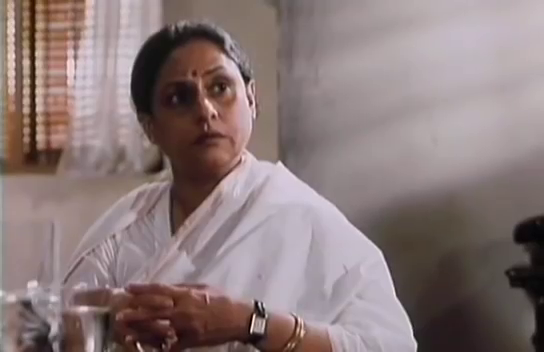
Dilip Bagchi, one student of North Bengal University wrote a poem called 'Naxalbarir Maa' (The Mother of Naxalbari).
Later, when Maoist movement hit West Bengal again, then we got Fulmani Baske, Suchitra Mahato in leadership
Kabir Suman penned a song about Fulmani also, where he wrote, 'Only the body can be arrested, not the mind which is rebellious.'
